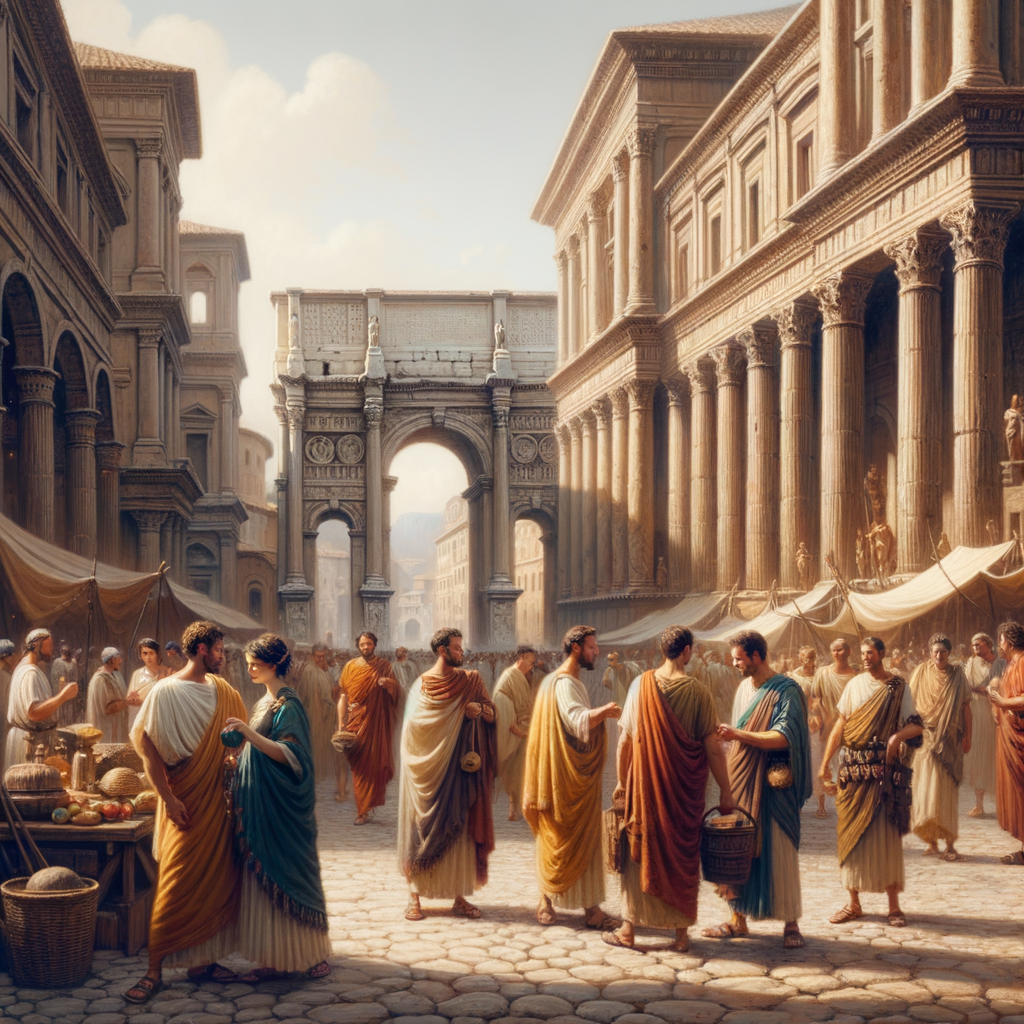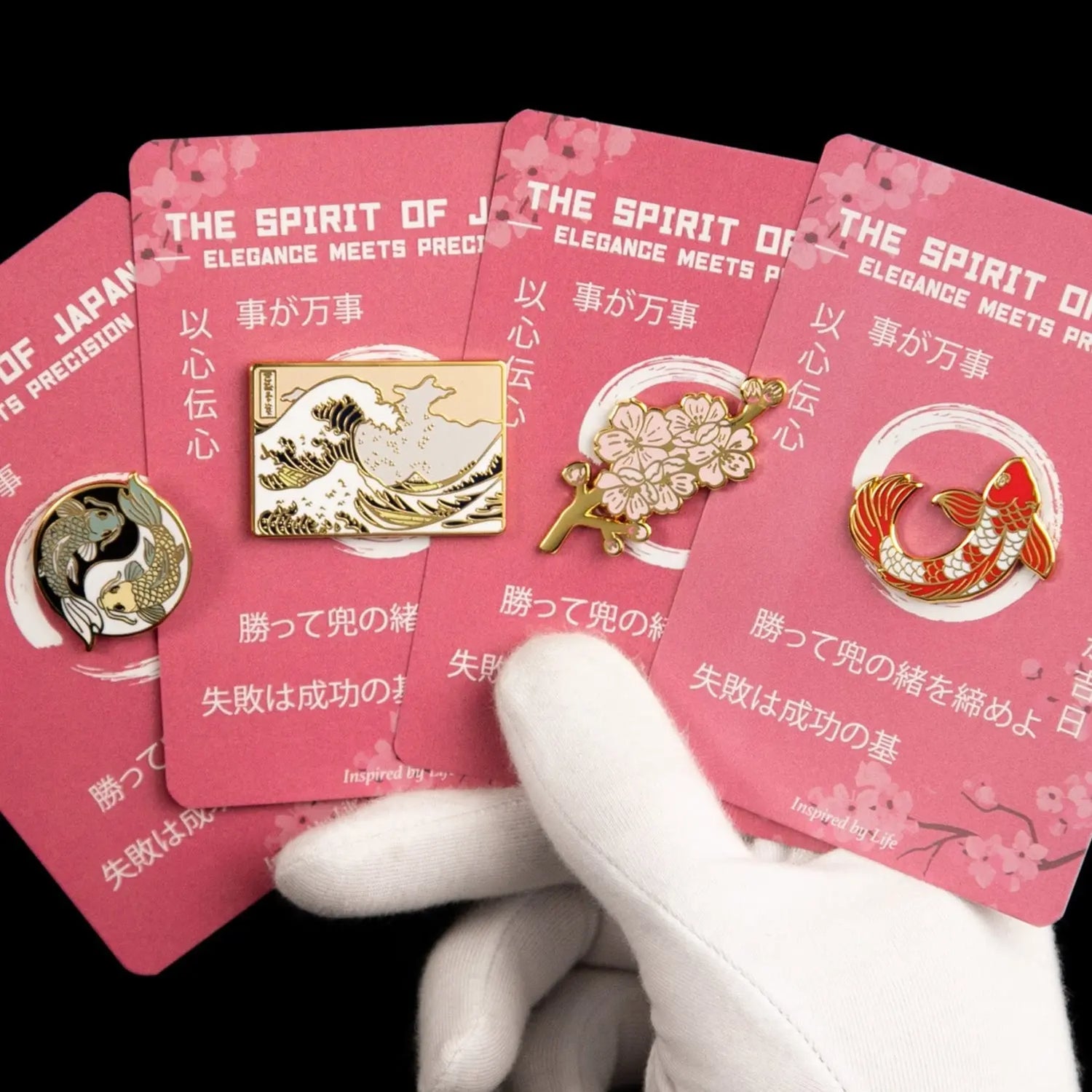
What Did Romans Call Their Skirts?
What Did Romans Call Their Skirts?
Have you ever thought about what people wore in ancient times, long before jeans and t-shirts became the norm? Maybe you've even asked yourself, "What did the Romans call their skirts?" Let's take a journey back in time to explore ancient Roman fashion, focusing on a garment that was as essential to them as it is fascinating to us today: the tunica.
The Tunica: A Key Piece of Ancient Roman Fashion
In the colorful world of ancient Roman clothing, the tunica was a vital piece, seamlessly blending practicality with style. But what was a tunica, exactly? Imagine a simple, yet historical piece of clothing. The tunica was similar to what we might call a skirt or dress today, designed to be straightforward but highly versatile. Usually made from wool or linen, this sturdy attire was often in a clean, plain white. Can you see it in your mind's eye?
Both men and women wore the tunica, making it a universal garment that crossed social boundaries—a kind of ancient Roman skirt. It typically reached knee-length, balancing practicality with everyday use. It was fastened at the shoulders with pins known as fibulae. These weren't just functional; they added a touch of flair to the outfit, much like picking the right accessory today.
A Peek into the Fashionable Past
Picture bustling streets in ancient Rome, where the tunica was so common it became a symbol of everyday life. Men and women wearing tunicae didn't just follow a trend; they embodied an important part of Roman style. Its simplicity invited creativity—those fibulae pins, for example, were more than just useful. They showed off the wearer's taste or social standing. Even back then, fashion was a way to express oneself.
The tunica often wasn't worn alone. It served as a base layer for other garments, especially during formal events or ceremonies. Think of it like layering clothes for a special occasion today, each layer adding importance to the outfit.
The Cultural Importance of the Tunica
What made the tunica so important in ancient Roman society was more than just its practicality. It was a symbol woven into the fabric of Roman culture. Wearing a tunica was as Roman as grand architecture or epic gladiatorial games. It told stories of social structure and cultural traits of the time. For women, the tunica might represent virtue and dignity; for men, it could show rank or readiness to defend the empire.
The tunica was the backdrop of Roman daily life. It wasn't only a piece of clothing; it was a statement of identity, a silent but valid participant in everyday Roman life.
Connecting the Past with Present-Day Style

With such a rich history, how do these ancient garments influence what we wear today? If you're inspired by the past and want a hint of ancient Roman style, why not start with something simple yet meaningful like this Roman Gladius Enamel Pin?
Today's enamel pins are much like the fibulae of ancient times, blending fashion, history, and personal expression into a small yet impactful accessory. Just like fibulae, these pins can turn a simple piece of clothing into something personal and meaningful.
The Lasting Impact of Roman Fashion
Doesn't the tunica's flexibility and cultural significance intrigue you? Maybe next time you attach a pin to your jacket or wear a simple tunic-style dress, you'll remember the modest tunica—a garment that revealed much about life, status, and identity in ancient Rome.
So, journey into the past with style. Reflecting on clothing from ancient times can spark ideas and influence our fashion choices in the future, reminding us that timeless designs, much like stories, continue to grow and change. In every fold and pin, the legacy of the Roman tunica stays alive, sharing tales of a once-simplistic yet elegant empire.
Let ancient Roman fashion bring elegance to your modern wardrobe—one fibulae-inspired pin at a time.
What was the Roman skirt called?
The Roman "skirt" was called a tunica, a versatile and essential garment worn by both men and women.
How was the tunica worn in ancient Rome?
The tunica typically reached knee-length and was fastened at the shoulders with pins called fibulae, providing both practicality and style.
What is a modern equivalent of the Roman fibulae?
Modern enamel pins, like our Roman Gladius Enamel Pin, serve a similar purpose as decorative fasteners and personal expression.

